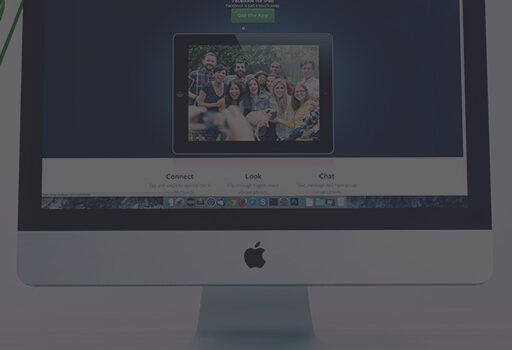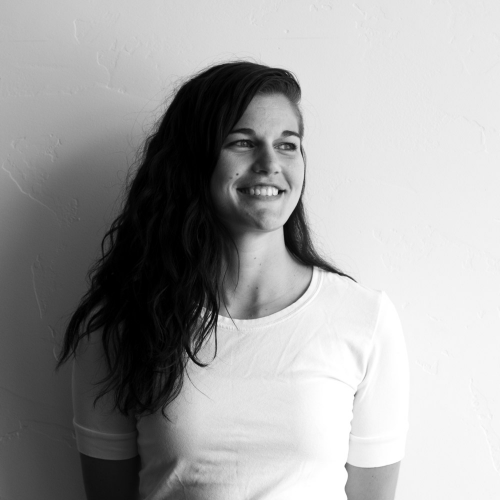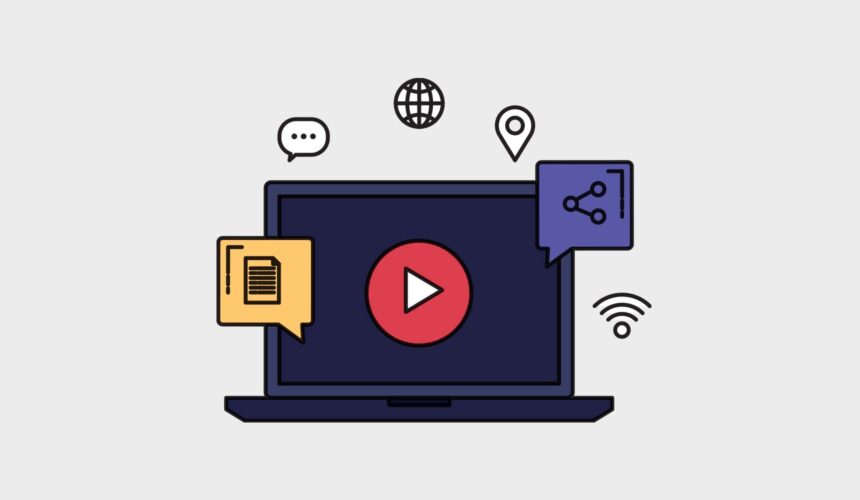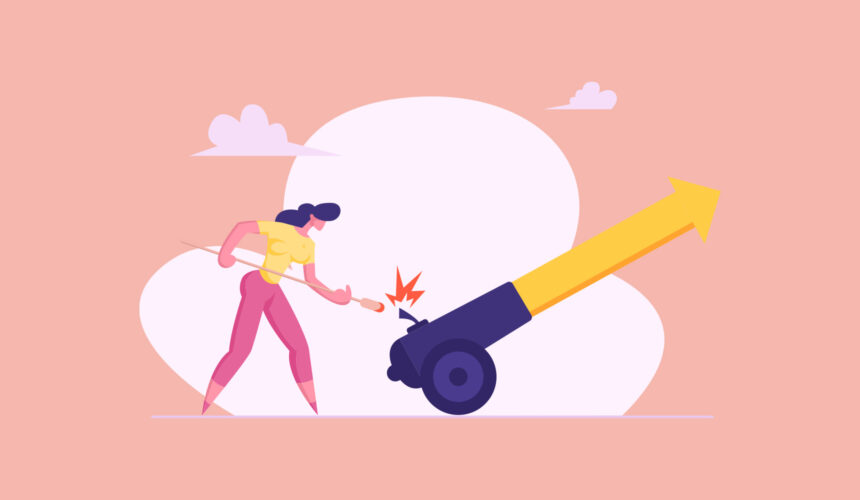A PPC campaign can be broken down into two parts: generating traffic to your site and turning that traffic into successful conversions. Good ads and keyword research will generate the traffic; landing pages come into play when you need to turn that traffic into conversions.
What is a landing page exactly?
When talking about PPC a landing page is separate from the main menu pages on a website, but designed and laid out to coincide with the look and feel of the website. These pages can be optimized and specified to a distinct end goal. The alternative to creating a landing page when putting together a PPC campaign is simply to use an already existing page on the website: a Product page, an About Us page, a Services page, etc.
So is a landing page really all that necessary?
Relevancy
According to Peep Laja, founder of Markitekt, there are three things that go into a successful PPC campaign: relevancy of ad copy, landing page content, and audience targeting.
The landing page content must be relevant to the ad copy and to the audience. If a landing page is not created, but rather an already existing page on the site is used instead, it may not have the kind of relevancy that is needed to link these three items together.
Without the ability to link relevancy, audiences may get confused; with confusion comes a drop in conversion.
Specificity
Another reason landing pages are so important to a PPC campaign is because a PPC campaign is different than the rest of your website. As a company you most likely provide multiple services and/or products. On your website you want to highlight all of these to potential customers so they are familiar with who you are.
But a PPC campaign is much more focused; there is a specific service, a specific product, or specific set of products which you’d like to sell. This stark focus must be brought through in both parts of a campaign: generating traffic to your website and turning that traffic into a conversion.
Modifiable
PPC campaigns are constantly being tweaked and played with to ensure they are generating the most traffic, relevant traffic, producing conversions, etc. Therefore, all parts of a campaign must be modifiable; a landing page is far easier to modify than the pages of a website are.
Focused
A landing page is all about getting the viewer from point A to point B in as little time as possible. Once a person lands on this page you already know they are interested in your product or service, you no longer need to give a drawn out explanation. You must keep it simple, direct, and give them the opportunity to purchase.
This is different from most typical pages on a website; pages on a site want to take the time to explain services and show the audience around their site. They want to introduce traffic to the team, tell them how the company started, etc.
Take a look at what a good landing page can produce!
Creating a specialized landing page can increase conversion rates and give you the results you are putting your effort towards.
“If a good PPC account isn’t converting, in 99% of cases the landing page is the problem.” —Brad Geddes, Advanced Google AdWords author
Making a specific landing page gives you the opportunity to make it different, to manipulate it, to do all of the things that have been previously mentioned. Take Namify’s landing page, for example: because it has been shown that in some cases a multi-step process in landing pages can increase conversions, they created a multi-step process for purchasing lanyards.
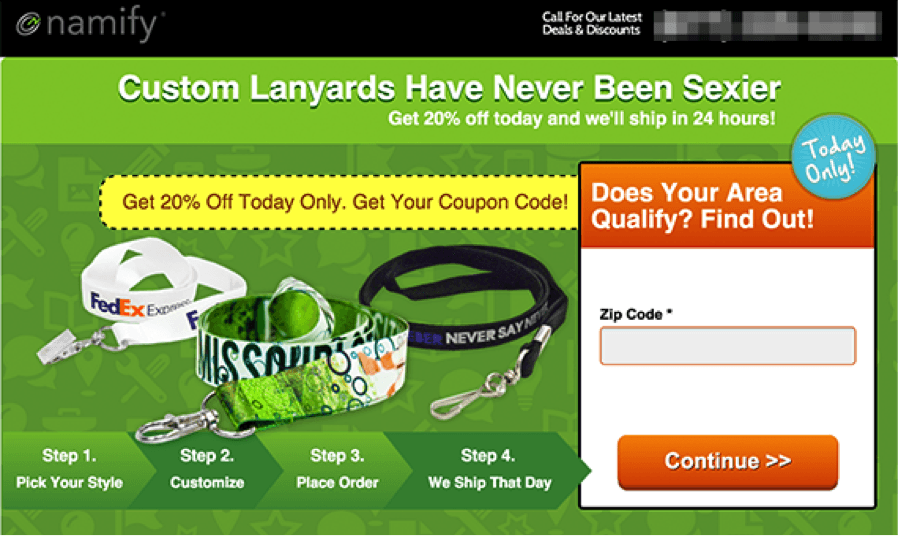
This landing page increased their conversion rates by 311% and decreased their cost per conversion by 73%.
Now let’s look at a landing page by Moz:
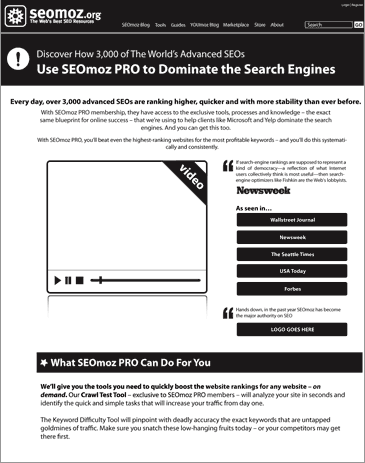
Making changes, such as increasing the length of the page, adding video, giving a detailed explanation in a chart of what customers could get at each level, etc., led Moz to a 170% conversion rate increase in four months and helped them achieve more than $1 million in additional revenue.
In an online video game download example we can see that going from Example 1 to Example 2 increased conversion rates by 128%.
| Example 1 – Before | Example 2 – After |
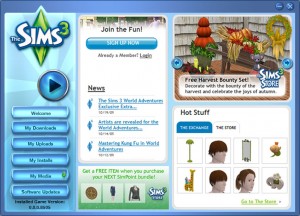 |
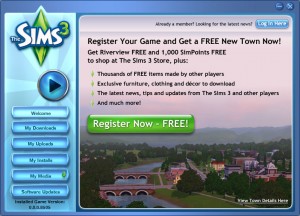 |
- Note the changes the Sims landing page made from Example 1 to Example 2:
- A clear and noticeable call to action was added.
- There is now a detailed list of exclusive offers and reasons to register for the game.
- A clear description of why registering is a good idea (it’s free!) is included and stated more than once.
- And lastly, Example 2 now has a cleaner, simpler design that allows viewers to understand what is being requested on the page.
Ok we get it, landing pages are necessary, so what makes a good one?
Keep It Simple – While relevance in message/copy between ad, landing page, and website are important, relevance in design between these three is as well. So while keeping similar design techniques in mind, make your landing pages simple, clear, and easy to read and understand.
Make It Compelling (Give It Emotion) – Human emotion loves human emotion; give it something to grasp at. Is it free? Will it change my life? Is it something no one has ever offered me before? Make the audience WANT to move forward with the process.
Make the Call to Action Prominent – There should only be one call to action (it can be on the page more than once, but it should all ask for the same thing). This call to action should be easily found, if not the first thing the audience sees, on the page.
Give It a Multi-Step Process – Some suggest turning your landing page into a multi-step process of signing up or choosing the features of purchase. This helps the audience feel like they are getting exactly what they want in the end along with a customized experience.
Change It – Don’t get so attached to your landing page that you are unwilling to change it. Play with it and find new ways to make it enticing to your audience. PPC is all about testing new looks, feels, thoughts, and ideas, so have fun with it and change it up!

